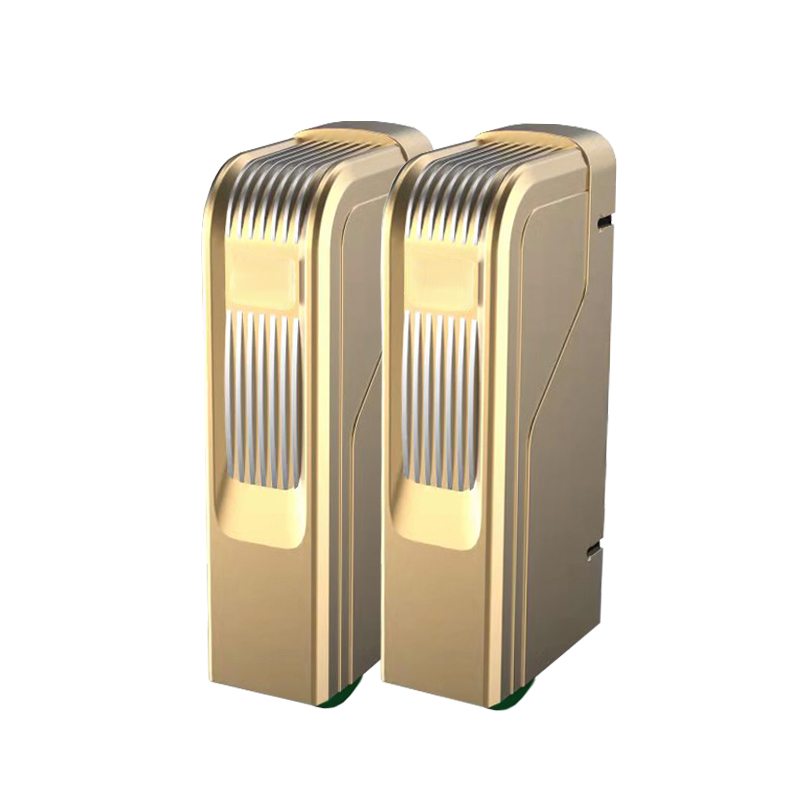Automated gates have become integral to modern security and convenience, enhancing property access with the help of sophisticated gate motors. However, the successful automation of gates hinges on selecting an appropriate gate motor that aligns with the gate's size and weight. This article explores the critical considerations involved in choosing the right gate motor based on the dimensions and weight of the gate.

1. Understanding Gate Size and Weight:
Gate size refers to the physical dimensions of the gate, while gate weight is a crucial metric indicating the force required to move the gate. These factors vary widely based on gate type, material, and design.
2. Matching Motor Capacity:
The key consideration in selecting a gate motor is matching its capacity to the weight of the gate. Gate motors are designed with specific weight capacities, and exceeding these limits can result in suboptimal performance, increased wear and tear, or even motor failure.
3. Sliding Gates:
Sliding gates, common in residential and commercial settings, require gate motors with sufficient power to smoothly operate along their tracks. The weight of the sliding gate significantly influences the force needed for effective and reliable movement.
4. Swing Gates:
Swing gates, with their distinctive opening mechanism, pose unique challenges. The size of the gate impacts the torque required to swing it open or closed. Dual swing gates introduce an additional dimension, necessitating careful consideration of weight and balance.
5. Residential vs. Commercial Gates:
Residential gates, typically smaller and lighter, may require less powerful gate motors compared to larger and heavier commercial gates. Commercial gates, designed for frequent use and spanning larger distances, demand robust gate motors with higher capacity.
6. Power and Torque Specifications:
Gate motors are rated based on power and torque specifications. Power determines the motor's ability to move the gate, while torque is crucial for overcoming resistance and ensuring smooth operation. The motor's specifications must align with the gate's size and weight for optimal performance.
7. Dual Gate Systems:
Properties with dual gates, whether sliding or swinging, require careful synchronization of motors to maintain balance. The combined weight and size of dual gates must be factored into motor selection to prevent strain on individual motors.
8. Factors Influencing Weight:
Various factors contribute to the weight of a gate, including the material (e.g., wrought iron, aluminum), design intricacies, and any added features. Heavier gates demand more powerful motors to handle the increased load.
9. Professional Assessment:
To ensure the appropriate selection of a gate motor, it is advisable to seek a professional assessment. Qualified installers can evaluate the gate's characteristics, consider environmental factors, and recommend a motor that aligns with the specific requirements of the property.
10. Environmental Considerations:
Environmental factors, such as wind resistance and the terrain surrounding the gate, can impact its operation. Gate motors should be chosen with these factors in mind to ensure reliable performance under varying conditions.
Conclusion:
Choosing the right gate motor is a critical step in the automation of gates, and the gate's size and weight are pivotal considerations in this process. Aligning the motor's capacity with the gate's characteristics ensures optimal performance, longevity, and reliability. Whether dealing with sliding or swinging gates, residential or commercial properties, a careful and informed selection process is essential for the seamless automation of gate entryways.